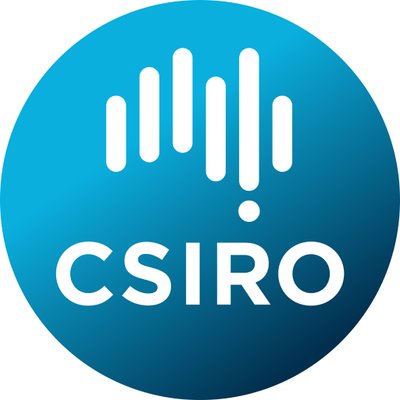Nuclear Reactor 616 - The IAEA Is Holding Robotics Challenge For Equipment To Assist Instpections
“Crowdsourcing is a sourcing model in which individuals or organizations obtain goods and services. These services include ideas and finances, from a large, relatively open and often rapidly-evolving group of internet users.” Wikipedia
The International Atomic Energy Agency says on its website, “The IAEA is the world's center for cooperation in the nuclear field, promoting the safe, secure and peaceful use of nuclear technology. It works in a wide range of areas including energy generation, health, food and agriculture and environmental protection.”
The IAEA is holding its annual General Conference this week. At a session with twenty-five members in attendance, there was a discussion of the use of robotics for nuclear safeguards and verification. The third IAEA Robotics Challenge is currently being held and will conclude in two months. The Robotics Challenge is a crowdsourcing initiative dedicated to finding new technologies that could be used to further IAEA goals.
The IAEA sends out teams of inspectors to check out nuclear power plants of members. These inspections often require repeated measurements in places that are hard to access physically or have hight levels of radiation that would endanger the inspectors. Robots could assist the inspectors by going into difficult to access places and would be less harmed by high radiation levels.
Dimitri Finker is the Technology Foresight Specialist in the Department of Safeguards at the IAEA. He said, “Collecting data in the field is an area of safeguards work that is manual and resource intensive, both for the IAEA and for the operator. The use of robotics could free up inspector time to focus on analyzing data.”
The first IAEA crowdsourcing Robotics Challenge was held in 2016. It focused on enhanced image processing techniques for an existing instrument used in safety inspections. This device is referred to as the Improved Cherenkov viewing device (ICVD). The ICVD is used to verify that spent nuclear fuel rods have been removed from the reactor core and transferred to a cooling pool. The ICVD allows inspectors to certify that a certain number of spent fuel rods are present in the cooling pool.
The second Robotics Challenge was held in 2017. There were twelve participating teams from Canada, Finland, Germany, Hungary, Israel, South Korea, Switzerland, the UK and the USA. The teams showed off their ideas in November of 2017. The event was co-hosted by the IAEA and Commonwealth Scientific and Industrial Research Organization’s (CSIRO), which is a major Australian data innovation network. There were two categories at the competition. One consisted of devices and methods for measuring gamma radiation on land based installations. The other was aimed at verification of radiation sources under water. There were three proposals for floating platforms which showed excellent potential for navigation on a body of water while taking clear photos.
Alberto Elfes is the Chief Research Scientist and Group Leader for Robotics at CSIRO. He said, “Robots have a multitude of game-changing applications across industry, and there are major safety, productivity and efficiency gains to be made from adopting them.”
As was mentioned above, the third Robotics Challenge is being held now and the results will be demonstrated with fields tests this fall.
